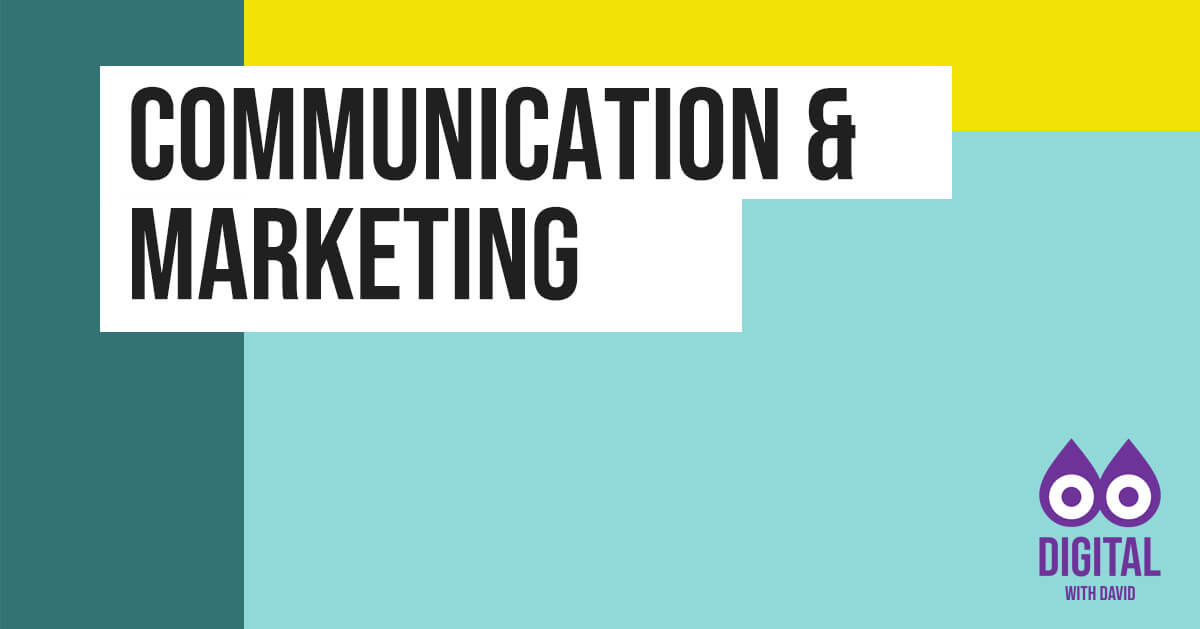What is social marketing?
Social marketing is an approach used to develop activities aimed at changing or maintaining people’s behaviour for the benefit of individuals and society as a whole.
In commercial marketing, the ultimate aim is to increase profit or brand recognition for a company.
In social marketing, the aim is to change the behaviour of people to their benefit or to the benefit of society as a whole.
Social marketing uses the same marketing techniques as commercial sector marketing: following a staged planning process; identifying the target segment; conducting market research to understand the customer; and considering the marketing mix – product, price, place, and promotion.
The four Ps are still relevant in social marketing
The marketing mix is a set of tools. It enables you to use a combination of activities to achieve behavioural change. It is the combination of the ‘four Ps’: product, price, place and promotion.
Product
- What is the behaviour you are asking the audience to adopt?
- What are the associated benefits of doing the desired behaviour?
- What are the tangible objects or services that support or facilitate the adoption of the desired behaviour – a stop-smoking kit, or a recycling collection?
Price
This is the cost and barriers that prevent or hinder the target audience from adopting the desired behaviour. They can be non-monetary; for example, physical, emotional or psychological.
Place
This is where the target audience will perform the desired behaviour, or where the product or service is made available.
Promotion
This is how the product or service, cost, proposition and place are made known to the target segment.
Four main levers of a social marketing approach
Most social marketing campaigns use at least two of the following four key ‘levers’ of social marketing to influence behaviour change.
Support
You need to give people the means and solutions to adopt the desired behaviour.
Design
You may need to change the environment, physical context and products to support the new behaviour.
Inform and Educate
You need to provide information to advise, build awareness, persuade and inspire.
Control
You need to consider how you legislate, enforce and set standards to help enforce the change.
Theories of Behaviour Change
Nudge Theory
Nudge theory, in summary, is encouraging people to do what you need them to do with a bit of gentle persuasion.
A powerful way to encourage take-up rates of desirable options is to set the desired outcome as the default option. For example, at the moment, people have to opt in to be an organ donor. This leads to low rates of organ donation as people don’t want to carry a card. But, the other way would be to change the rules so you have to opt out of organ donation. This would cause donation rates to increase.
EAST
If you want to encourage a behaviour, make it Easy, Attractive, Social and Timely (EAST).
Make it Easy
- Harness the power of defaults
- Reduce the ‘hassle factor’ of taking up a service
- Simplify messages
Make it Attractive
- Attract attention
- Design rewards and sanctions for maximum effect
Make it Social
- Show that most people perform the desired behaviour
- Use the power of networks
- Encourage people to commit to others.
Make it Timely
- Prompt people when they are likely to be most receptive
- Consider the immediate costs and benefits
- Help people plan their response to events
Download the EAST Behavioural Insights insights document (PDF)
Further information and external links
Big Pocket Guide to Social Marketing
If you are new to social marketing, this is the guide for you. It explains succinctly the key concepts of social marketing and how you can use these to change or sustain behaviours. We have tried to bring as much life to the ideas as possible, so you will find plenty of examples and case studies.
Download the Big Pocket Guide Social Marketing guide (PDF)
National Social Marketing Centre
Hug, smack, nudge, and a shove – Strategic Social Marketing
